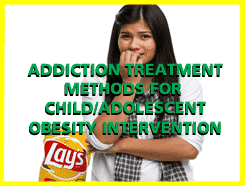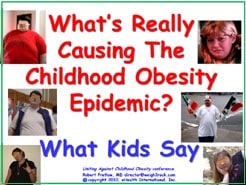
Last year, California passed a couple of laws (including specific deadlines) to ban certain food additives suspected of being harmful. As a consequence, starting in about a year and a half, the state will ban red dye No. 3, brominated vegetable oil, potassium bromate and propylparaben from all food sales under its jurisdiction, and assess fines of “up to $5,000 for a first violation and up to $10,000 each for subsequent violations.”
The Red 3 was a tough one. Its tendency to associate with cancer has been studied since the 1980s, with no legal restraint in sight. But the Center for Science in the Public Interest and many other experts kept at it, and in 2023, California banned it.
Another substance, titanium dioxide (TiO2), also had been banned, but that order was rescinded. Still, progress was made when the California School Food Safety Act was passed to forbid public schools from serving foods containing half a dozen different food dyes. A while later, the Food and Drug Administration kicked out brominated vegetable oil on a national basis, and that goes into effect a couple of months from now, in August.
An ocean’s width
It’s funny how the Europeans manage to keep harmful stuff out of their groceries, proving that it can be done. But over here, powerful forces insist that such precautions need not and should not be taken. There is another issue, as explained by California Assemblymember Jesse Gabriel, who told HART Design,
Even if the FDA has conducted a thorough review of a proposed food chemical, the agency does not conduct periodic reviews to assess whether old safety determinations remain valid. As a result, many food chemicals have not been reviewed by the FDA since the 1960s or 1970s. The original evaluations frequently fail to reflect both modern toxicology and modern levels of consumption.
Citizens would like to know where to turn if they want to have similar rules to California’s, or even if they do not want to. There is debate about who should be in charge of these matters, and uncertainty about who is currently responsible. As this uncredited author inquires, “Is it a federal agency charged with keeping current around risks in foods? Or is it a state which has significantly fewer resources and is not charged with protecting public health across the entire country?”
A good example
In 2023, activists in four other states aspired to get some food laws, but failed. Still, activists in those and more states who are still trying say that the California precedent helps their efforts. It seems like the public is unable to obtain straight answers about important aspects of grocery shopping. A responsible adult who pauses to read the label on a box or can of alleged food might experience disturbing thoughts. For instance, “The government that regulates alcohol, nicotine, and certain recreational drugs so thoroughly and definitively, why is this same government unable to keep weird chemicals out of the food?”
Apparently, bureaucracy is flexible enough to move with relative alacrity under some circumstances, and with glacial slowness in other situations. Why has the tug-of-war over food additives marketed to kids been dragging on for so long? There is plenty of evidence that they can affect childhood obesity in a causal relationship. The dirty little secret in this case seems to be that such a product does not need to contain literally addictive ingredients. And besides, good dope is expensive.
No, it is quite sufficient to sell children snacks laced with ingredients that stimulate addictive behavior. And yes, having kids act like junkies is a big deal for most parents, as well as imposing a lot of stress on other family members, teachers, babysitters, dentists, and anyone else who comes in contact with the minor in question. If some weird additive causes cancer, that cancer is just as real as one brought on by smoking.
There is such a thing as behavioral addiction. Many adults feel that when a child acts addicted, she or he is as difficult to deal with as a physically addicted child would be. Whatever is in that snack or cereal may be potent enough in some way to stoke up a behavioral addiction, which sells product quite as effectively as a literal, molecular-level addictive ingredient could.
Your responses and feedback are welcome!
Source: “How State-Led Ingredient Bans Are Reshaping Food Manufacturing Regulations,” HARTDesign.com, 02/14/25
Image by Alexas_Fotos/Pixabay

 FAQs and Media Requests:
FAQs and Media Requests: 











